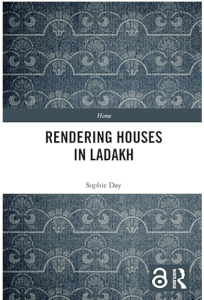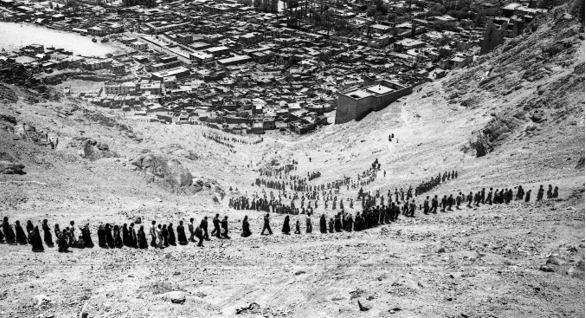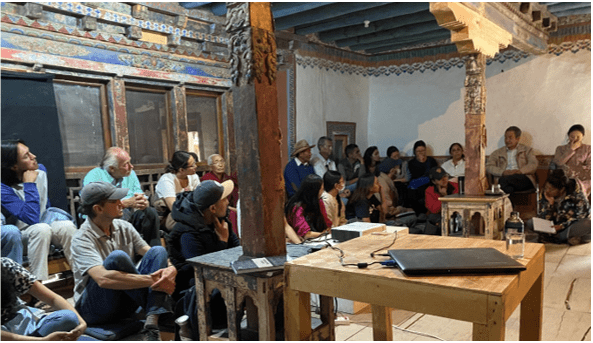
In anticipation of long-form publications coming into scope of the UKRI open access policy from 1 January 2024 we are publishing a series of case studies written by Goldsmiths researchers who have published their monograph Open Access. In the first of our blogs Sophie Day reflects on the process of Open Access monograph publishing and how it has enabled research participants in India to read her latest book Rendering Houses in Ladakh.
Rendering Houses in Ladakh explores house-plots: it tells of the plots that provide foundations for houses-and-people, and it traces plots to the stories that grow in those houses about people who leave and stay, about homes that are partitioned or remain intact, about land lost to new building or floods. This double house-plot is also explored for the wider region of Ladakh (Himalayan India) to illuminate life along heavily militarised borders that are disputed among three post-colonial nation-states, and divisions among the various people who call Ladakh home.

The first circumambulation of the year, Leh, Ladakh (1981)
Because my Ladakhi colleagues do not generally read English, we developed an approach of storyboarding photographs with words to narrate house life, and 60 of these images are included in the book. Seven of the nine book chapters describe individual pastoralist, urban, rural, Muslim or Buddhist houses and these house stories meander across some or all the forty years I have visited the region since I conducted my doctoral research (1981-83). When negotiating a publishing contract, I considered it crucial that this book would be available open access so that my colleagues could see, read, and use it in Ladakh. I was exceptionally fortunate to be able to fund the fees charged by Routledge (who bought Bloomsbury’s anthropology catalogue, with whom I originally signed my book contract) from a research grant. Since it is virtually impossible for most people to buy academic hardbacks (Rendering Houses costs £130) and since our research is intended to be publicly available, the trend towards lower OA fees from publishers and alternative forms of publication without any fees is very welcome.
Thankfully, several hardback copies of Rendering Houses arrived two days before I flew to India for the book launch. In June 2023, Ladakh Arts and Media Organisation hosted my presentation alongside the protagonists from two of the book chapters: Deen Khan tells of exile at home in the

Book launch, Ladakh Arts and Media Organisation, Leh (2023)
place where he was born in Chapter 5, and Tashi Lazom tells of the house and body we sponsored in the form of a chorten or stūpa in Chapter 9. Tashi Chenzom and Tashi Dolma – who describe how they established a nunnery as uneducated elders in Chapter 7 – joined us along with Phuntsog Anchuk, whose father-in-law is depicted in a photograph that I had taken in Kharnak (1981) with its tents, flocks of goat (yielding cashmere wool) and sheep, and yak. This photograph had taken us all some time to decipher and, when it was recognised, only one branch of the family wanted to take it in to their home to add to their collection of family portraits, as I describe in Chapter 4. Several people at the launch, including younger Ladakhis involved in doctoral and other forms of research or creative practice, immediately found Rendering Houses on their phones.
Sophie Day is Professor Emerita of Anthropology at Goldsmiths, University of London